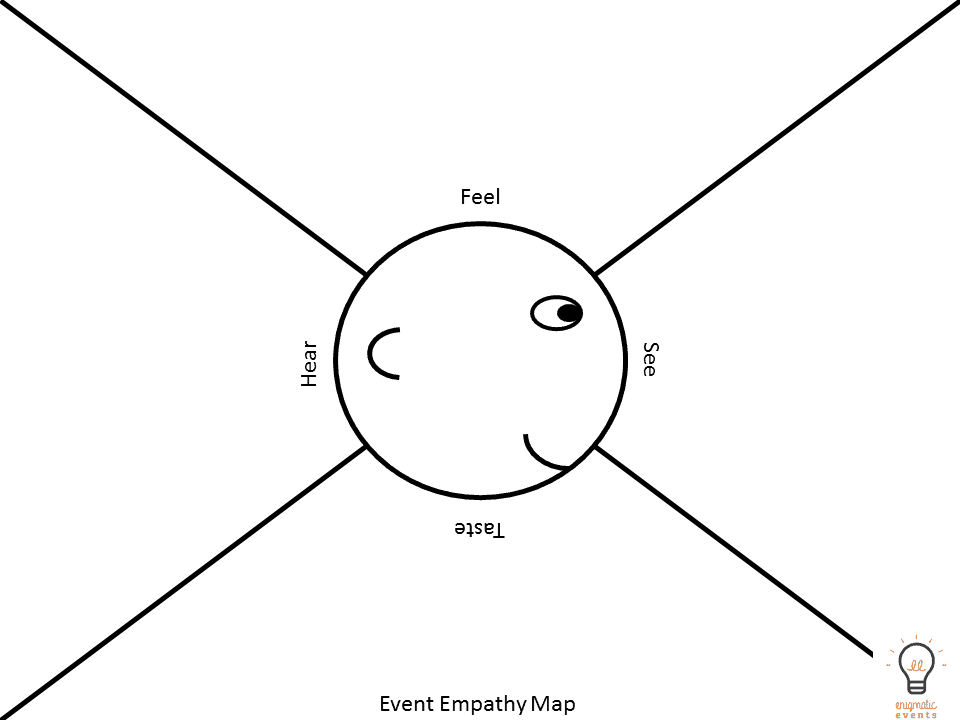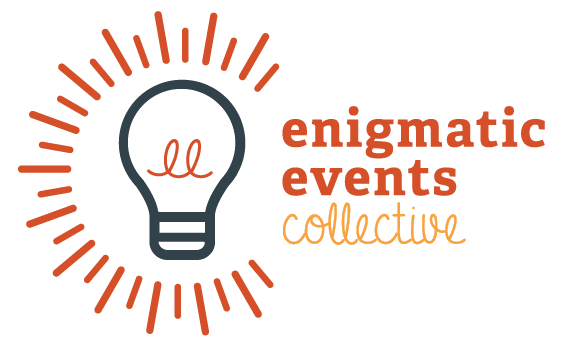Using an Event Empathy Map to Plan Your Staff Party
Staff retention is linked to staff recognition, and during the holiday season, the annual staff party is the cherry on top of your recognition plan.When planning a work social event, it is a challenge to create something that works for all the attendees. Creating memorable social occasions within a set budget is not simple. However, a major mistake in avoiding complaints you create an event that is bland, generic or awkward.In this article, we will challenge you to create a noteworthy event by using a tool called ‘The Event Empathy Map’. You already have all the ingredients to create a great staff party, you just need to know what to look for.
The Power of the Empathy Map
Use what you already know about your staff to create something special.You will need to take the time to look at the options you have for the staff party. This tool gets you to think about them in the context of your colleagues, and then build an empathy map. Empathy Mapping is a technique used in sales, marketing and product development to get inside the head of a customer. It allows you to see how they will react to a product. The standard empathy map uses four questions based on what the client will see, hear, say and think.The Event Empathy Map adapts this concept for creating your next staff party. The outline given below adapts the standard empathy map for an event. To start, you will need to know your audience and have at least one idea for your event. Once you have this, creating the map as early possible will smooth the whole planning process. You’ll know what you need to create and also what to avoid.
How to create an Event Empathy map
Discuss the event options with a creative mindThe empathy map exercise works best with two or three people, sitting around a table and using paper or drawing on white boards.
Step 1: Describe your attendees
Who are they, and what do they value? There's no need to go in depth, but group your colleagues into personality types. For example, you may have a large section of introverted developers who enjoy quiet conversations about fandom, and another group of extroverts who like to be up and actively working the room. Create two or three types to cover everyone in the company. Also don’t forget the guests of your colleagues as well. You need to include them in this exercise.
Step 2: Review the event options
What does this each option look like? For example, you may have an option for a formal a three course meal in a hotel conference room with a drink at the hotel before the dinner bar and the CEO making a presentation of awards.Make sure everyone in the room knows and agrees on the broad outline, but don’t focus on the details yet. Some of this will be filled out as you create the empathy map. Do not have more than three event options for a session.
Step 3: Create the Event Empathy map
For the event option create a map for the personality types you identified in step 1. Divide a page into four (or use this PDF) and individually answer the questions below. Place your answers on the map for all to see, but don’t discuss until everyone has put in their ideas. Repeat for each personality type, so you will have a map for each for this event option.
Repeat for each personality type, so you will have a map for each for this event option.
Step 4: Discuss as a group
As a group, look and talk about the ideas you have captured. What are the common threads and ideas? What changes would you need to make to satisfy everyone? What ideas and responses came out that you weren’t expecting? At this stage you will get into some details that you need to add now that you didn’t have in place in the original concept. Note down these changes the option, and put it to one side.Repeat these steps for each event option.
Event Empathy Map Questions
1) What do they see?
Think about the event location. Think on how they will find the venue, the sort of space in which the event is being held, and what other visuals will be in place in the space. Will there be any demonstrations on stage, or other displays of the companies work? Will there be activities to engage in, and if so, how do they get started?
2) What do they hear?
When creating a space for an event, sound is as important as sight. Think about what they will hear. What music will be playing, and how will that change during the event. Is there likely to be speeches and talks? If there's a band, will there be space for people to socialise away from the music?
3) What do they taste?
This isn't a question you'll see on a normal empathy map, but for social events, the food and drink options are important. Look at the menus and drink options, and consider them for your guests. Does the event cater for a wide variety of tastes and dietary requirements? Will it be a formal meal, or appys served while standing around? Is there an open bar? Is there going to be a toast or a set course for the food? How long after arrival will people be fed?
4) What do they feel?
This is the feeling inside, the overall emotional response that the event will create. It's hard to quantify, but as with all empathy mapping, try to see it from the guests point of view. When thinking about this question, also focus in on what sort of reaction do you want from the event. It should reflect the company culture and values, or the disconnect can do more harm than good. Afterwards, what will people say about your event to each other and their friends?
Review your Staff Party options
Now you’ve done this work for each option discuss the results. Look at the ideas and changes generated. If you had two options, which one fits your group the best? Is there further information needed (costs, size of venue, food options etc) required? You will now have everything you need to continue planning your event.Now well on your way to building a great event. You understand your audience, and will be creating something exceptional because it resonates with your team directly. It’s for them,and not a generic office worker. Don’t be afraid to repeat this exercise with your next iteration of the event plan, which should be a single option. This pass through will help you ensure you have all the details you need. The exercise will highlight details you may have missed and need to understand.You can finalise the plans for the annual staff party knowing you’ve used your most important resource - your staff - to build a great event. Let us know how the planning goes. We are always interested to hear about unique events that have created memories.Contact Enigmatic Events to learn about more gameful techniques to create empathy maps which can open up your business to new opportunities.[/vc_column_text][/vc_column][/vc_row]


